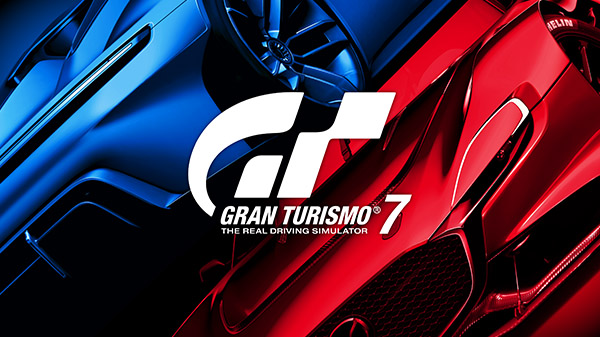

#Gran turismo 7 developer full
This highly geometrical and physically-based rendering of the cars truly shines in the game’s replays and other demo modes where ray-tracing is in full swing. That said, it seems to mostly be the same implementation as GT Sport – not that there’s anything inherently wrong with that.

Everything from the individual braking mechanisms inside the tires to the physically-based cloth interiors to the geometrically detailed car doors is all rendered with stunning attention to detail. Polycounts for car surfaces are ridiculously high, and each component is built to perfect scale. The case remains the same with Gran Turismo 7, which features over 420 cars just at launch – which is a big step-up from GT Sport which featured only 168 cars when it launched in 2017.Įach car model is painstakingly created with a ton of geometric textures and physically-based materials. The developer has always excelled in micro-level details, carefully recreating hundreds of vehicles from all car cultures around the world.

Game Engine Details – Car Models, Reflections, TexturesĪs mentioned previously, a lot of iterative upgrades seem to have been to Polyphony’s in-house engine for Gran Turismo 7. There’s also a new implementation of motion-blur, which is now per-pixel as opposed to the per-object implementation seen in GT Sport. Also, the game seems to be utilizing TAA anti-aliasing which is usually accompanied by an overall mushy look, but the fact that the game is being rendered at native resolution helps combat that issue by a significant margin. Once again, Gran Turismo 7 is aiming to provide this impressive visual presentation at a silky smooth 60fps. This is all on top of an impressive use of PS5’s Tempest audio engine and haptic feedback system. Ray-tracing is present in the game’s PS5 version, although it is limited only to replays and demo views of the vehicles, much like how is the case with last year’s Forza Horizon 5. With Gran Turismo 7, Polyphony Digital seems to be building upon this mostly strong rendering pipeline with even sharper reflections, immaculately detailed vehicles, a dynamic day and night weather cycle, and a more sophisticated physics system governing all the simulation aspects of the experience. The surrounding foliage and crowd polycounts were still pretty primitive, which can be off-putting if you zoom in on the details. Again, these aren’t objectively bad by any means – but do leave a bit to be desired. All cars on the track relied on the same cube map for reflections, which can cause some rather odd visual glitches. Similarly, understandable compromises were made in the reflections department which used some low-resolution cube mapping implementations. That said, shadows cast from environmental objects such as trees are rendered in real-time which does add an element of dynamic behavior to the whole affair. This is because GT Sport relies on pre-computed shadow map data for its tracks, which allows for high-resolution shadows to be displayed without requiring much compute power. Multiple times of day can be selected beforehand from the menus, but the position of the sun doesn’t change while racing. For instance, GT Sport doesn’t feature a dynamic time of day. In an effort to provide a 60fps experience, Polyphony Digital had to make some visual sacrifices and work with many design constraints. Polyphony Digital’s GT Sport still stands tall as one of the most visually impressive racers on the market, although it isn’t without noticeable flaws. On that note, we present our comprehensive technical analysis of Gran Turismo 7.
#Gran turismo 7 developer series
Gran Turismo 7 is also the first entry in the series to feature a cross-generation release, and as such – Polyphony Digital has done a ton of work on its engine to provide an experience that’s scalable and plays well to the respective systems. From the pristine reflections to the immaculately detailed vehicles to the bevy of carefully curated tracks, there’s no shortage of impressive tech wizardry running under the hood. Polyphony Digital has once again outdone itself in the visual department. In addition to offering great simulation gameplay, Gran Turismo has always managed to push the graphical capabilities of its target systems to the very limit time and time again.Īfter a long and arduous wait, Gran Turismo 7 is finally here. Gran Turismo’s flavor of simulation racing is loved by legions of fans across the world, and the franchise has continued to evolve alongside gaming and Sony’s systems. Polyphony Digital’s Gran Turismo games have been one of PlayStation’s hallmark franchises for a long time now.


 0 kommentar(er)
0 kommentar(er)
